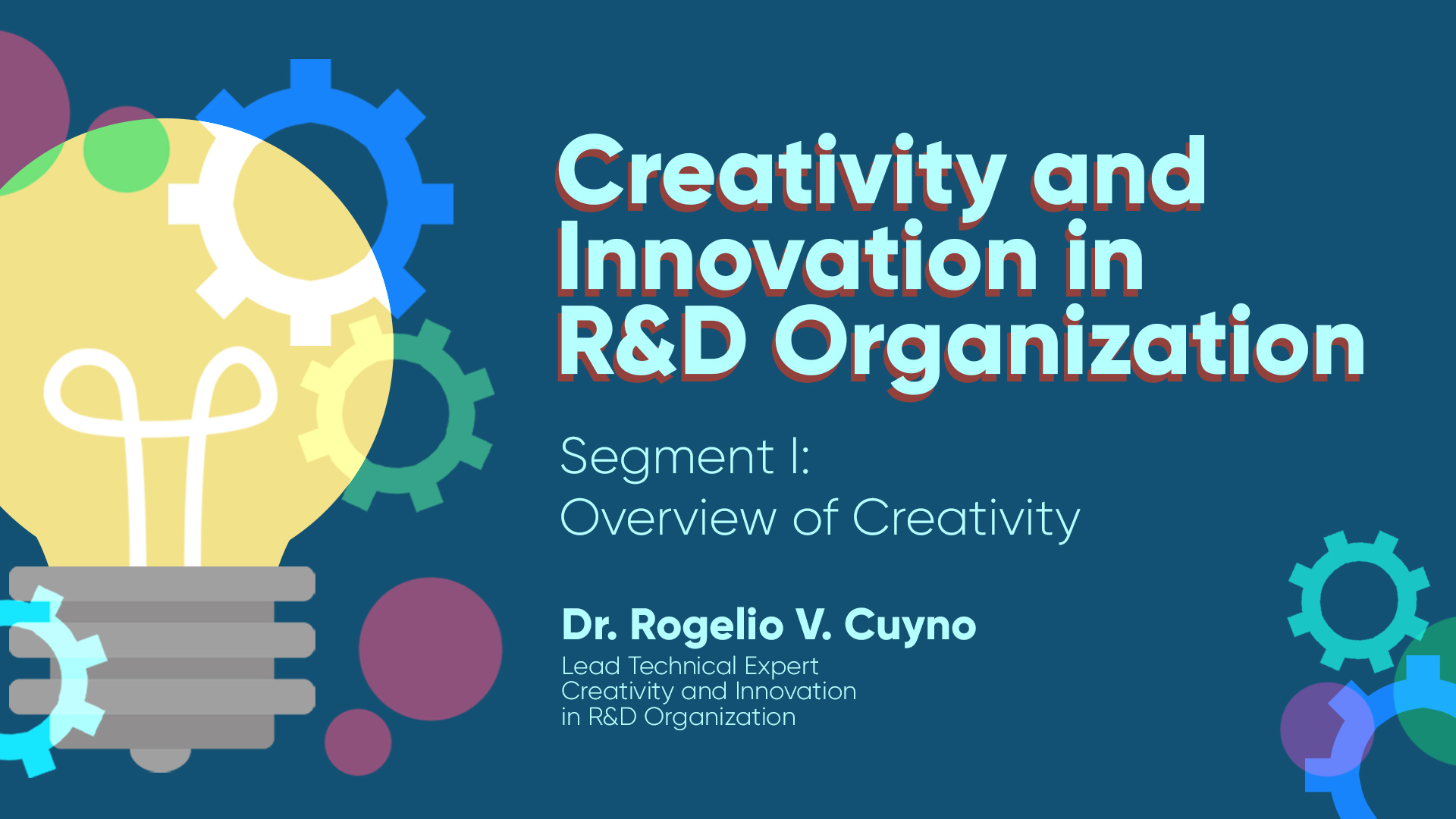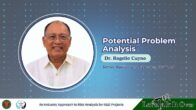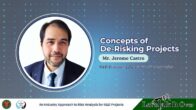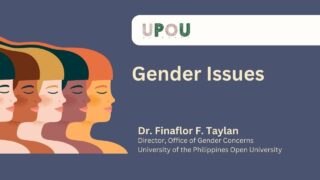Creativity and Innovation in R&D Organization
Segment I: Overview of Creativity
Dr. Rogelio V. Cuyno
Creativity is what defines quality and usefulness of research outputs. The intent of this video is to give an overview of the processes of creativity and innovation, characteristics of a creative person and how to foster them in R&D organization.
Creativity is a human response to stimulus that a person faces in the environment that needs to be addressed. The stimulus can be a problem or a lack of something or a wrong thing that has to be corrected. It can be a threat to be avoided or an opportunity to grab. Without the stimulus there is no reason to create.
The response can be of two kinds:
A – Behavioral, such as avoidance, action to get at it, produce a product, or grab opportunity. The creative response can be anything different from the usual way, something unique, not done before, original.
Let us see few examples of creative response.
How can three be equal to six? Yes, three is equal to six.
You are to connect all nine dots with four straight lines. Obviously, this is not the way. The creative solution is to extend the lines outside the box
Researcher/Horticulturist Dr. Ramon Barba wanted to help small mango growers produce more fruits and harvest at the right time, when demand is high, price is good, and to reduce labor, time, and cost of smudging. Smudging is building a smoke under a mango tree for about a month which is the usual farmer’s practice. As you can see, this is very tedious and requires hard work—too much hard work. Dr. Barba was curious. He wanted to know what is in the smoke that makes the mango tree flower so he can formulate [an] intervention program. He then proceeded to collect smoke samples and then analyzed them in the laboratory. The substances he found in the smoke were ethylene and potassium nitrate. He then looked around for commercial sources of these substances. He designed an experiment to test the different sources and dosages of these chemicals. That was how flower induction technology for mango in the Philippines was born.
One theory is that stimulus or a problem creates an internal tension in the person which releases chemicals in order to reduce the tension. This, then, generates unusual options or solutions to reduce the tension. The tension then creates an imbalance in the person and the natural response is to restore the imbalance.
A related question is… should the response have to be of value or practical use?
Not necessarily. The reason is that the response is simply internal – that is just to restore the imbalance. The valuing or appraising of response comes from an observer who expresses appreciation or who is willing to compensate to acquire the product.
Creativity and Innovation in R&D Organization
Segment I: Overview of Creativity
Dr. Rogelio V. Cuyno
Creativity is what defines quality and usefulness of research outputs. The intent of this video is to give an overview of the processes of creativity and innovation, characteristics of a creative person and how to foster them in R&D organization.
Creativity is a human response to stimulus that a person faces in the environment that needs to be addressed. The stimulus can be a problem or a lack of something or a wrong thing that has to be corrected. It can be a threat to be avoided or an opportunity to grab. Without the stimulus there is no reason to create.
The response can be of two kinds:
A – Behavioral, such as avoidance, action to get at it, produce a product, or grab opportunity. The creative response can be anything different from the usual way, something unique, not done before, original.
Let us see few examples of creative response.
How can three be equal to six? Yes, three is equal to six.
You are to connect all nine dots with four straight lines. Obviously, this is not the way. The creative solution is to extend the lines outside the box
Researcher/Horticulturist Dr. Ramon Barba wanted to help small mango growers produce more fruits and harvest at the right time, when demand is high, price is good, and to reduce labor, time, and cost of smudging. Smudging is building a smoke under a mango tree for about a month which is the usual farmer’s practice. As you can see, this is very tedious and requires hard work—too much hard work. Dr. Barba was curious. He wanted to know what is in the smoke that makes the mango tree flower so he can formulate [an] intervention program. He then proceeded to collect smoke samples and then analyzed them in the laboratory. The substances he found in the smoke were ethylene and potassium nitrate. He then looked around for commercial sources of these substances. He designed an experiment to test the different sources and dosages of these chemicals. That was how flower induction technology for mango in the Philippines was born.
One theory is that stimulus or a problem creates an internal tension in the person which releases chemicals in order to reduce the tension. This, then, generates unusual options or solutions to reduce the tension. The tension then creates an imbalance in the person and the natural response is to restore the imbalance.
A related question is… should the response have to be of value or practical use?
Not necessarily. The reason is that the response is simply internal – that is just to restore the imbalance. The valuing or appraising of response comes from an observer who expresses appreciation or who is willing to compensate to acquire the product.
How useful was this resource?
Click on a star to rate it!
Average rating 5 / 5. Vote count: 3
No votes so far! Be the first to rate this post.
We are sorry that this post was not useful for you!
Let us improve this post!
Tell us how we can improve this post?


























Very interesting introduction to the topic of creative repsonse.